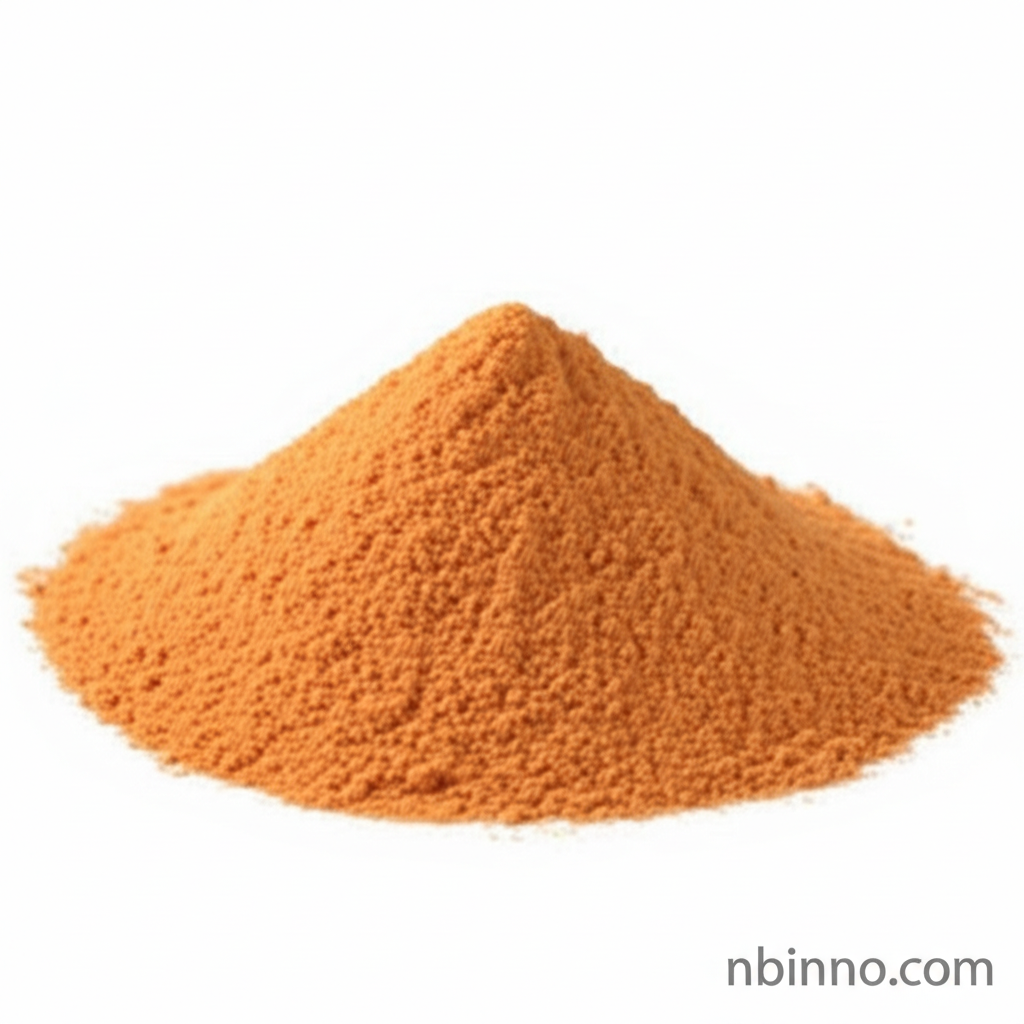Oxamniquine: Your Go-To Solution for Schistosomiasis Management
Discover the detailed insights into Oxamniquine, a vital medication for combating Schistosoma mansoni infections. Explore its efficacy, administration, and the scientific advancements behind this crucial treatment.
Get a Quote & SampleProduct Core Value

Oxamniquine
As a leading supplier in China, we offer Oxamniquine, a crucial anthelmintic medication vital for treating Schistosoma mansoni infections. Our commitment as a manufacturer in China ensures high purity and consistent quality, supporting global health initiatives against neglected tropical diseases.
- Explore the Oxamniquine mechanism of action to understand its targeted approach against parasitic worms.
- Learn about the Oxamniquine side effects and precautions for safe patient use.
- Understand the specific Oxamniquine uses in schistosomiasis, a key application for public health.
- Access information on Oxamniquine drug interactions to ensure comprehensive treatment planning.
Advantages Offered by Oxamniquine
Targeted Efficacy
Oxamniquine demonstrates high efficacy specifically against Schistosoma mansoni, offering a targeted solution for this prevalent parasitic infection and supporting effective antiparasitic drug research.
Ease of Administration
Administered orally, Oxamniquine is often used as a single dose, simplifying treatment regimens and improving patient compliance in schistosomiasis management strategies.
Proven Safety Profile
While side effects can occur, Oxamniquine is generally well-tolerated, making it a valuable option in tropical disease therapeutics when managed appropriately.
Key Applications
Schistosomiasis Treatment
The primary application of Oxamniquine is in the treatment of schistosomiasis caused by Schistosoma mansoni, a critical component of global health drug development.
Antiparasitic Therapy
As an anthelmintic, it plays a crucial role in antiparasitic drug research, offering a means to combat parasitic infections effectively.
Medical Research Studies
Oxamniquine is utilized in various medical research studies to understand its pharmacokinetic properties and potential for treating neglected tropical diseases.
Pharmaceutical Chemistry
Its chemical structure and mode of action make it a subject of interest in pharmaceutical chemistry for developing new and improved antiparasitic agents.
